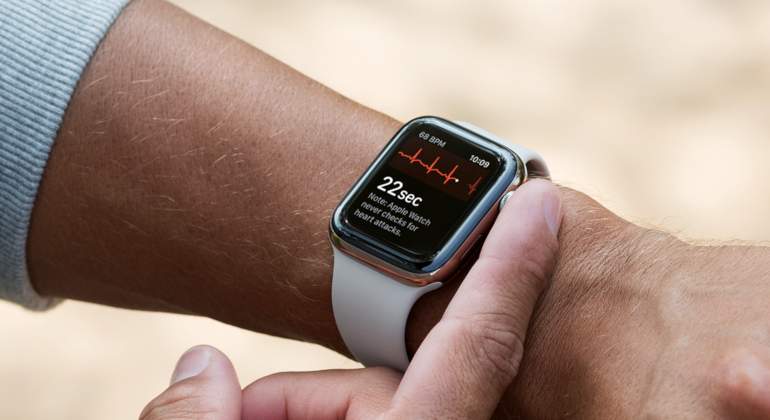A study has discovered that the sensors included in wearables, especially the most complete ones such as the Apple Watch or Fitbit models, can be used to record the impact that the coronavirus has on the human body.
Even if we survive a COVID-19 infection, the worst is not over. The effects of the virus have been shown to persist in the body, and in some cases, with lifelong consequences. Better understanding how the coronavirus can affect the rest of our days can be difficult, but now a group of scientists from the Scripps Research Translational Institute in California say that if we have a wearable, it can be simple.
The study, reported by The New York Times , lasted almost a year and involved 37,000 volunteers, who used wearables like the Apple Watch and Fitbit to record their vital signs and related data. To do this, the researchers used an app called MyDataHelps that tracked all movements and changes.
The researchers analyzed the data, and found interesting patterns, especially in the way that COVID-19 affects the heart rate . About nine days after volunteers with COVID began reporting symptoms, their heart rate dropped; It is important that this was not registered in the control groups with other diseases, which points to a symptom of SARS-CoV-2 infection.
More curious is that, after this fall, the heart rates of those affected soared, and remained at high values for months. It wasn’t until 79 days, on average, that their hearts “calmed down” and gradually returned to normal. Therefore, the bottom line is that the effects of COVID-19 were felt long after the patient “got over” the disease.
This study may open the door to new uses for wearables . If health apps can interpret this data, they can explain to the user that they are suffering the consequences of COVID-19, instead of suffering a high heart rate without knowing exactly what is causing it.
This will be the new Apple Watch: thin edges and faster
Wearables can also be used to help patients recover, in addition to studying not only the coronavirus, but also other viruses, allowing researchers and doctors to observe the evolution of the patient over long periods of time, without the need. of being in person.
